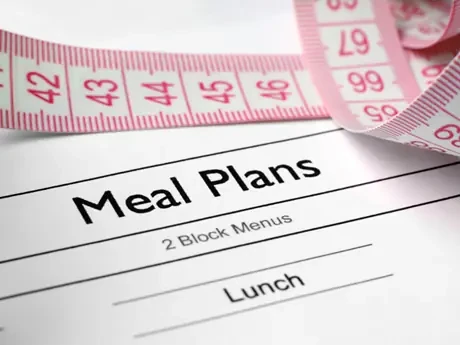Eating healthy is crucial for maintaining good health and overall well-being. It can improve your energy levels, boost your immune system, and reduce your risk of developing chronic diseases. However, many people believe that eating healthy is expensive and out of reach for those on a budget. With proper planning and strategic shopping, you can enjoy nutritious meals without breaking the bank.
Set a Budget
The first step in planning healthy meals on a budget is to set a realistic budget for your groceries. Consider how much you can afford to spend per week or per month on food. This will help you make better decisions when shopping and prevent overspending.
Plan Your Meals
Once you have a budget in mind, start planning your meals for the week. Look for simple and nutritious recipes that use affordable ingredients. Consider preparing meals in bulk and freezing portions for later use. This can save you time and money in the long run.
Make a Grocery List
Before heading to the store, make a list of all the ingredients you need for your planned meals. Stick to your list while shopping to avoid impulse purchases. Consider buying generic brands or shopping in bulk to save money on staples like rice, beans, and pasta.
Shop Smart
When shopping for groceries, look for sales and discounts on healthy items like fruits, vegetables, lean proteins, and whole grains. Consider buying seasonal produce as it tends to be more affordable and fresher. Avoid buying processed and convenience foods, as they are often more expensive and less nutritious.
Cook at Home
Cooking your meals at home is not only healthier but also more budget-friendly than eating out. Experiment with different recipes and cooking techniques to keep things interesting. Consider meal prepping on weekends to save time during the week.
Focus on Nutrient-Dense Foods
When planning your meals, focus on including nutrient-dense foods that provide essential vitamins and minerals. Consider incorporating more fruits, vegetables, whole grains, lean proteins, and healthy fats into your diet. These foods are not only affordable but also beneficial for your overall health.
Use Leftovers
Don’t let leftovers go to waste. Get creative and repurpose them into new meals. Consider adding leftover vegetables to soups or salads, or using leftover proteins in sandwiches or wraps. This can help you save money and reduce food waste.
Stay Flexible
It’s okay to be flexible with your meal planning. If you come across a great deal on a specific ingredient, don’t hesitate to adjust your meal plan to incorporate it. Consider batch cooking and freezing meals for busy days when you don’t feel like cooking.
Monitor Your Expenses
Keep track of your food expenses and evaluate your spending regularly. Look for areas where you can cut back or make adjustments to stay within your budget. Consider meal prepping and planning ahead to avoid overspending on last-minute meals.
Conclusion
Planning healthy meals on a budget is possible with the right strategies and mindset. By setting a budget, planning your meals, making a grocery list, and shopping smart, you can enjoy nutritious meals without breaking the bank. Focus on nutrient-dense foods, cook at home, and use leftovers creatively to save money and eat well. Stay flexible with your meal planning and monitor your expenses to ensure you stay on track with your budget goals.
